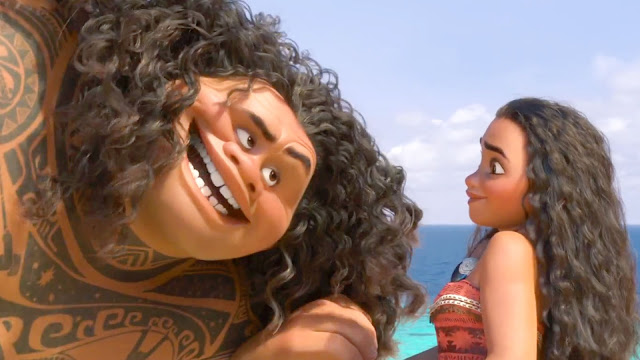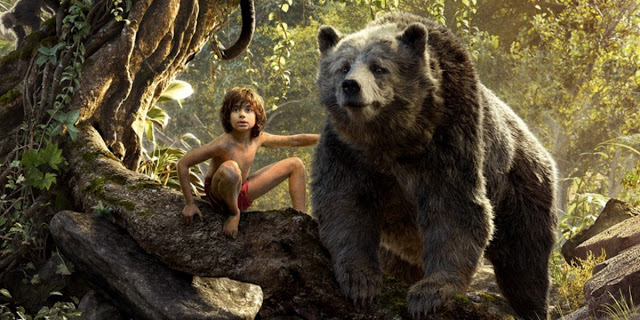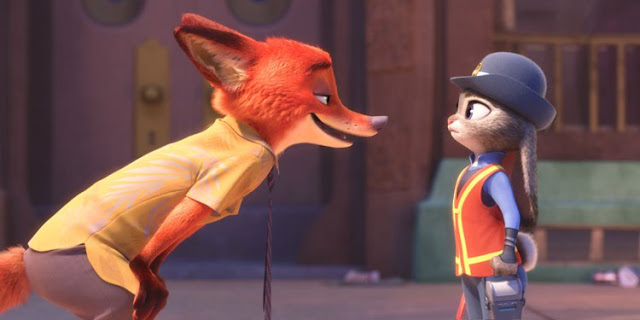Moana: A Girl and a God on the High Seas
Midway through Moana, the iridescent and irresistible new animated adventure from Walt Disney Studios, an observer sizes up the title character: “If you wear a dress and have an animal sidekick, you’re a princess.” The speaker is the demigod Maui, and along with his other impressive talents—shape-shifter, warrior, chest-thumper—you can add meta commentator. Disney is as much a cultural institution as a movie studio, and Maui’s blunt assessment of Moana’s effective nobility—she feebly objects that she’s the daughter of a chief, not a king—reflects the company’s evolving self-awareness. Now in its ninth decade, the Mouse House has churned out countless tales of feminine royalty, films that are, depending on whom you ask, either exciting and empowering or formulaic and stereotypic. Moana is, in one way or another, all of these things. Yes, it’s yet another journey of self-discovery, featuring yet another plucky heroine of high birth, one who follows in the well-trodden footsteps of Aurora, Ariel, and Anna. And so what? There are far worse blueprints to hew to, much less to subtly reengineer and reinvigorate. Winking commentary aside, Moana doesn’t reinvent the (spinning) wheel, but it does capably tweak and troubleshoot the Disney formula, resulting in a thoroughly enjoyable movie that’s by turns playful and poignant.
This incremental progress begins, of course, with the film’s setting. Long criticized for its emphatic whiteness, Disney has endeavored in recent years to diversify its universe, and Moana continues that trend, taking place in Polynesia. Whether this represents legitimate growth or mere tokenism is not for me to say; in any event, I am less interested in the political dimensions of this movie than its cinematic ones. And as a piece of storytelling, the opening act of Moana is pleasant but unremarkable. Moana (voiced by newcomer Auli’i Cravalho) is the restless daughter of a local chief, dutifully obeying her tribe’s customs but constantly feeling a silent tug from the Pacific. You know the drill: She feels unfulfilled with her routine, and she chafes at her father’s insistence that she never venture beyond their island’s barrier reef. In other words, she’s a lot like Ariel. Or Merida. Or Rapunzel. To paraphrase another famous Disney character who will be returning to theaters early next year: There must be more than this provincial fishing life! Read More



